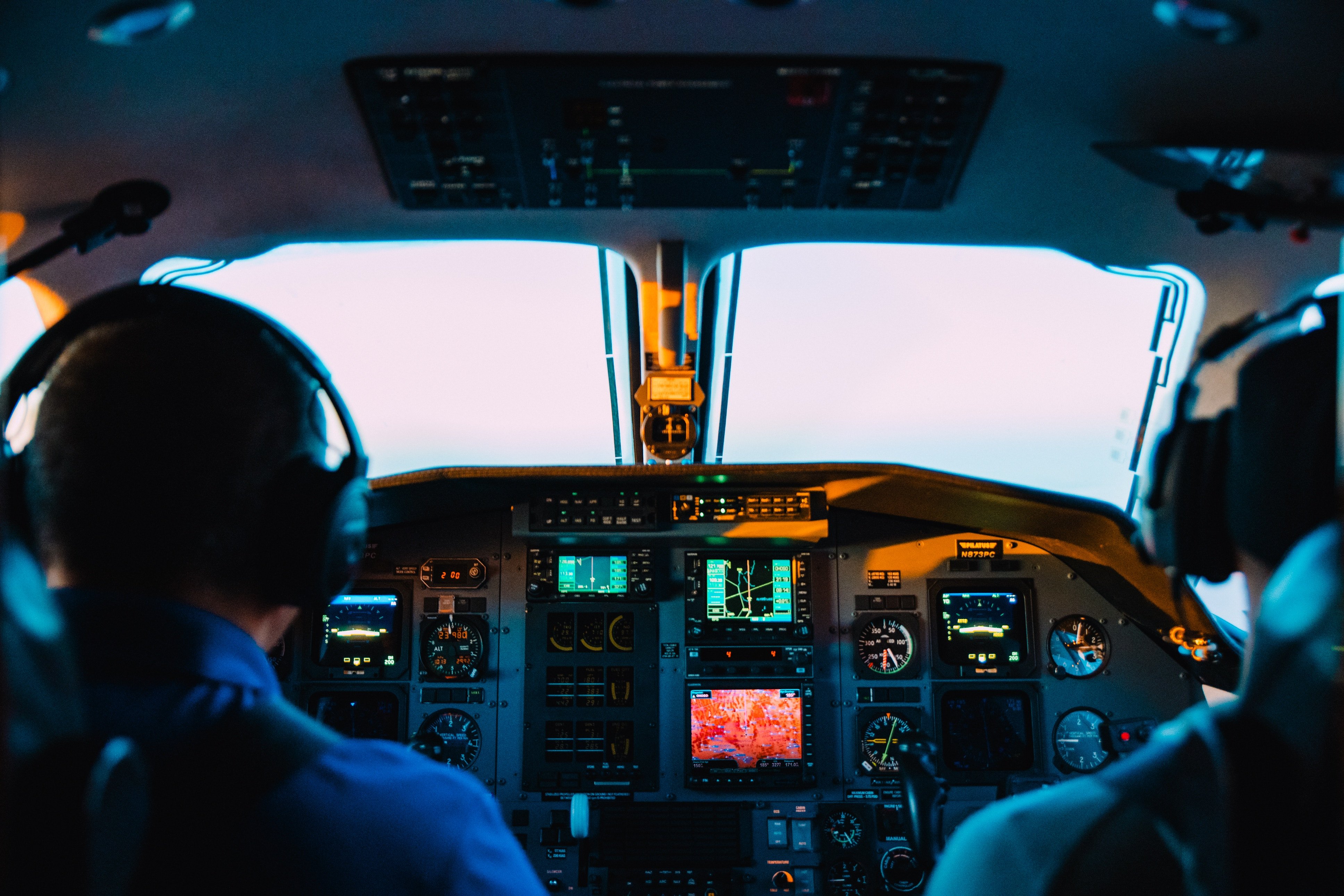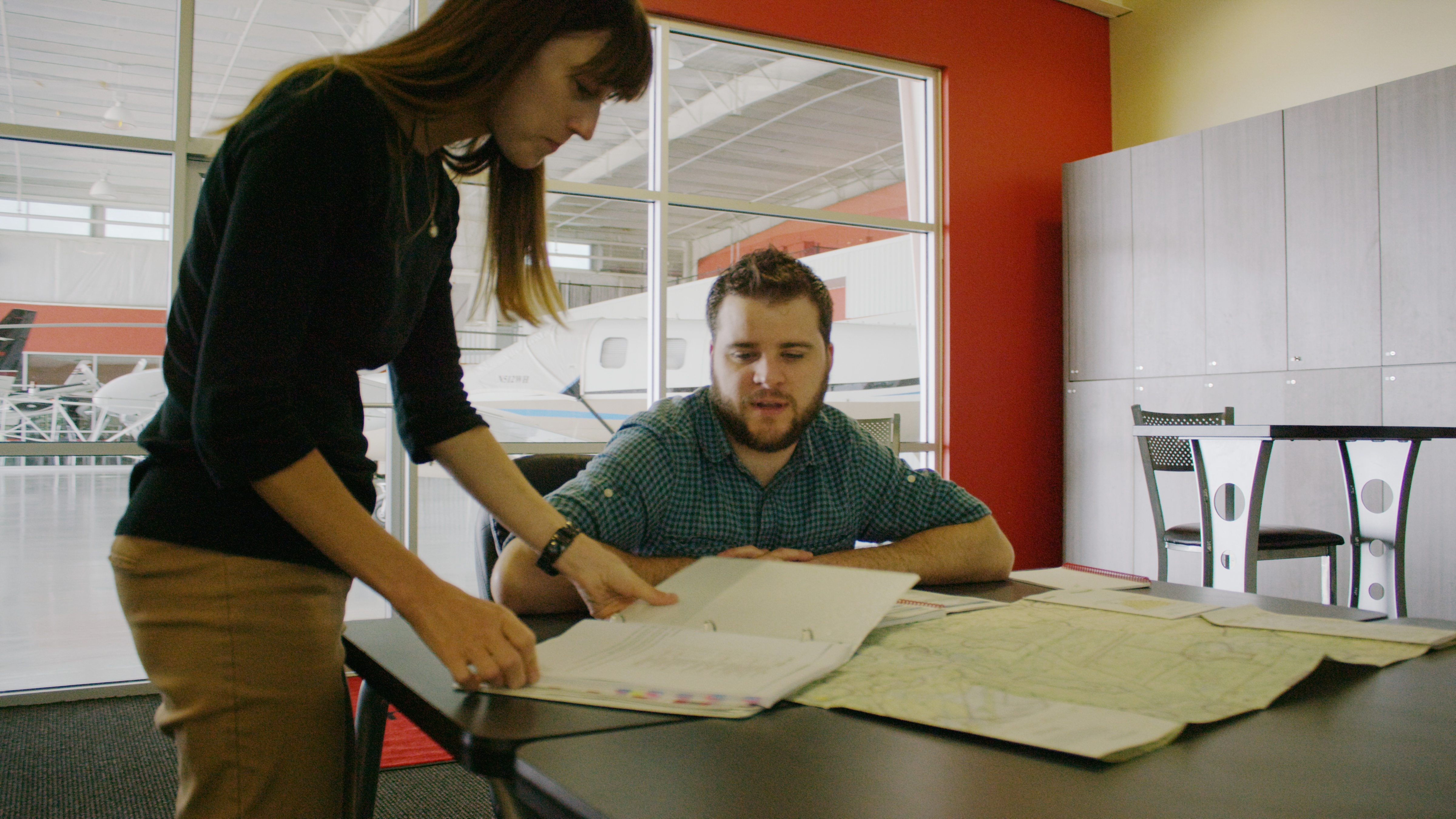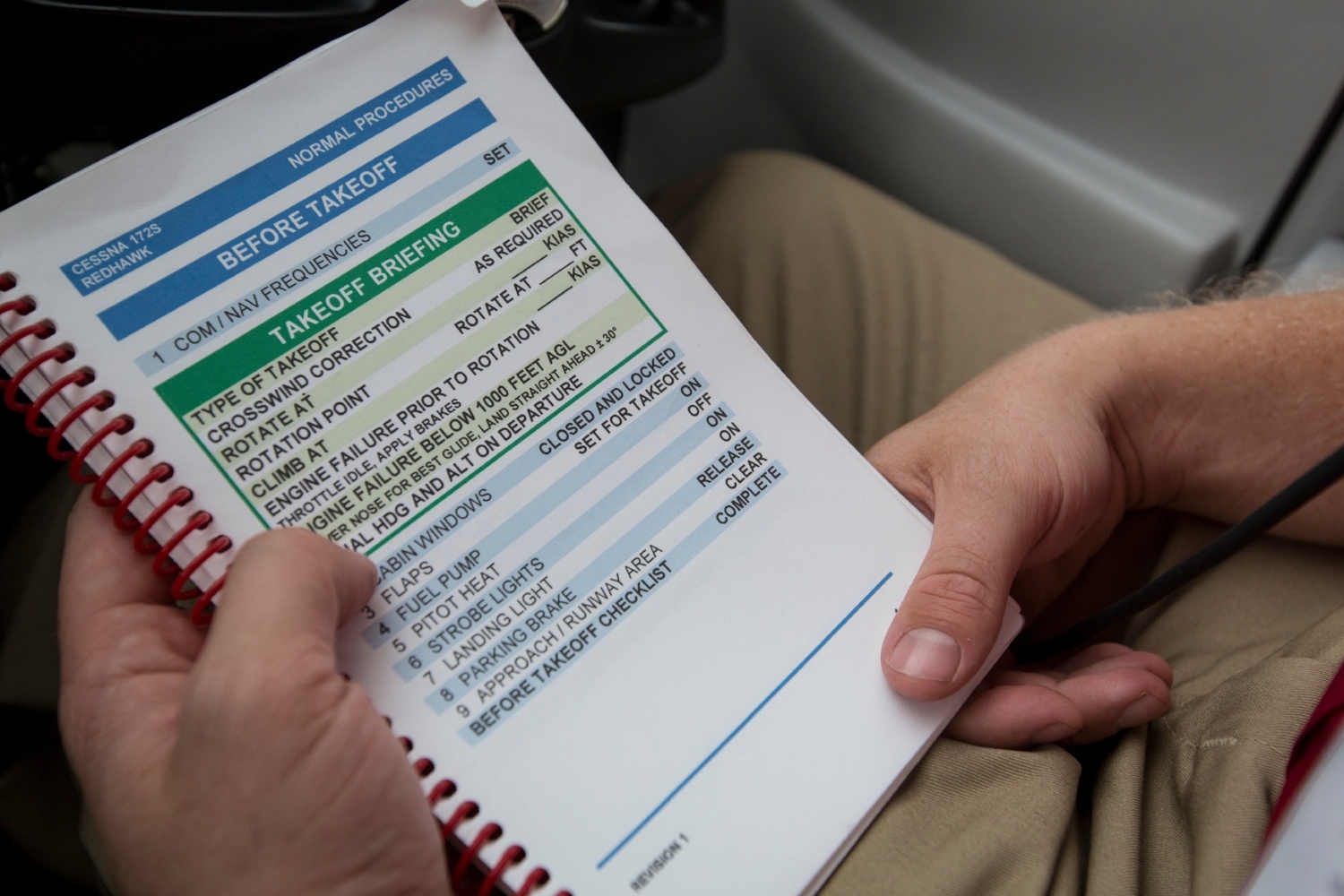Are you a Scared Pilot or a Scary Pilot? Respecting the Limits of Flight
“I was always afraid of dying. Always. It was my fear that made me learn everything I could about my airplane and my emergency equipment, and kept me flying respectful of my machine and always alert in the cockpit.” - Chuck Yeager
The words of famous test pilot and WWII fighter ace Chuck Yeager are words that every pilot should pay close attention to. Yeager, who broke the sound barrier in NASA’s X-1 in 1947, is credited with writing this passage in his autobiography, Yeager. And his message is one that I am constantly reflecting on, both as a pilot and as a flight instructor: Being afraid is a good thing.
But the battle between pushing the limits without fear and respecting the limits is an ongoing struggle that every pilot faces. Many of us probably lean too far in one direction or another - either too cautious (I should add that there’s rarely such a thing) or too risky (more often the case). Too scared, or not scared enough.
In the flight training world, we probably err on the side of caution more than not, or at least we’d say that we do. But it’s always difficult to know exactly where to draw the line. Are the winds just strong enough for some good crosswind practice? Or are they just plain scary? Is it a good scared or a bad scared that you’re feeling? And even if you’re not scared - even if the winds are within your own personal limits - will it do any good to take a primary student up? Is that feeling in the pit of your stomach a healthy nervousness, or is it because you’re about to add another link to the chain of errors?
On the one hand, a student and instructor are not doing anything at all that’s very important in their little Cessna 152. I always think to myself, “We’re not saving lives today.” If I had a live organ to get to a hospital to save a patient’s life, I’d fly in 30-knot winds. But to teach a student pilot how to land for the first time with gusty winds and rain showers coming? I’ll pass. There’s absolutely no point in stretching the limits for a training flight. Or is there?
Will a student gain the proper experience and aeronautical decision-making skills necessary to be a safe pilot if their instructors never expose them to anything other than blue skies and tailwinds? How will a student know their limits if they don’t ever get to see them firsthand, if they don’t ever get scared? Of course, we must teach crosswind landing technique, VFR weather minimums, short field takeoffs and the risks associated with stalls and spins, among other things. But how will a student recognize their personal crosswind limit if every crosswind landing they do is executed without struggle in a steady 5-knot crosswind?
There’s probably a happy medium somewhere in here, but unfortunately, there’s no right answer that applies to everyone. But when it comes to risk management, I’ve seen two types of students - those who are afraid and those who are not - and I always worry less about the ones who are afraid.
I worry less about the student who thoughtfully stretches his own limits through careful planning and preparation, who has respect for the airplane and the environment, and who knows enough about life to know that they’re not bulletproof. I don’t worry about the ones who get a bit nervous when the winds are slightly higher than forecast on a cross-country. Or the ones who take the time to stop and ask if it’s still reasonable to go out solo when the ceiling is just above the limits, or who calls in advance to make sure fuel is available. Or the student who, after doing maneuvers and unusual attitudes with his instructor, looks up and gets that worried look in his eyes when he doesn’t know where he is right away.
It’s not those students who scare me. It’s the other ones. The ones who are brave and bold and daring, who are never afraid. The ones who are always saying things like, “I can’t believe that guy took off without checking the fuel!” and then they proceed to get in the airplane after missing about six of the instructor’s preflight sticky notes, placed lovingly to prove this exact point - that nobody is invisible to this risk, that these things don’t just happen to other people, and that this student is no different from that one. It’s the student who, when you ask what their go/no-go decision is, stammers on about the lowering clouds, wind shear in the area, a front moving through and storms on the way, but then says, “but it looks pretty good. I think I’ll be fine!”
It’s the student who is never afraid of the airplane, of the weather, or of themselves, that scares the living daylights out of me. Fear, as Mr. Yeager points out, keeps us respectful of our airplane, makes us want to learn as much as we can about it, and keeps us alert. Fear keeps us alive.
Share this
You May Also Like
These Related Articles

You're a Great Pilot. Your Decision-Making Is Terrible.

5 Things I’ve Learned from Student Pilots
